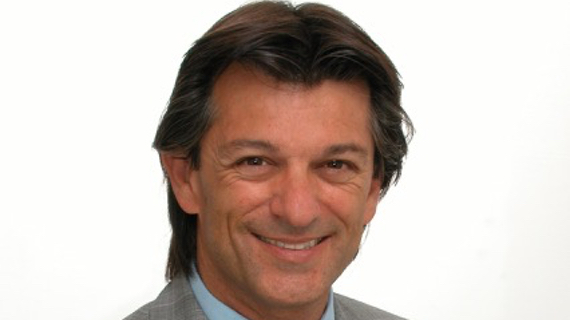Marco Ferrari
Indirect adhesive esthetic restorations made by analogically and/digital workflow

- Graduated at School of Surgery and Medicine, of University of Pisa in 1983 and in General Dentistry degree in 1987 at University of Siena
- In 1997-8 he attended the PostGraduate Program in Prosthodontics at Tufts University di Boston
- In 1995 he took his PhD degree at University of Amsterdam, defending a thesis on “Bonding to dental structures”
- In July 2002, he was appointed Full Professor and elected Dean of School of Dental Medicine, and he was renewed till now
- President and Coordinator of the Undergraduate course in Dentistry in english language at University of Siena and Chair of the Master Program in Prosthodontics Sciences at University of Siena
- Between October 2003 and January 2006 he was appointed ‘Delegato del Rettore per le Relazioni Internazionali’ (Vice Rector of International Relations) of University of Siena
- Past President of National Conference of Schools of Dental Medicine, IADR Central European Division, European Federation of Conservative Dentistry,
- Academy of Dental Materials. Actually is Secretary of Dental Materials Group of IADR
- In May 2005, he was als appointed Director of School of Ph D in ‘Biotecnologies’
- From November 2012 he is the Director of the Dental and Medical Biotechnology Department of Siena University and coordinator of the Tuscan School of Dental Medicine of Florence and Siena University
- Professor of Prosthodontics and Restorative Dentistry, University of Leeds, Research Professor of Rerstorative Dentistry, Tufts University-Boston, Visiting Professor at Rochester University, Eastman Center, USA, and Xi’an University, 4th Biomedical University, China
- He was in the editorial board of several international dental journals with impact factor (such as Journal of Dental Research, Journal of Dentistry, J Endodontics, Journal of Adhesive Dentistry, American Journal of Dentistry, Dental Materials, Acta Odontologica Croatia, J Oral Sciences, Restorative Dentistry,) and he acts as referee of other 10 peer-reviewed impact factor dental journals
- Scientific Editor of International Dentistry South Africa and Associate Editors of Prosthodontic Research & Practice and Clinical Editor of World Journal of Dentistry
- Editor of the Journal of Osseointegration, Periodontics and Prosthodontics
- Author of more than 380 international publications (4/5 on dental journals with impact factor), of other 260 national publications and of 160 abstracts presented in international and national congress
Nationality: Italy
Scientific areas: Fixed prothesis
8 of november, from 14h30 until 19h00
Auditório D
Conference summary
In the last few years, new prosthodontic materials, clinical and technical workflows, intraoral and extraoral 3D capture devices, and modifications of established prosthodontic preparation designs were introduced. The new digital technologies make a real alternative to analogical/traditional procedures and the choice of digital or analogic workflow can dipend by some important factors such as type of prosthoodontic material to be used, type of of finishing line, type of impression procedure and periodontal response as well.
Reinforced resins, Zirconia and more recently Lithium Disilicate- based materials improved the esthetic alternatives for prosthodontics treatments: they have advantageous biomechanical and esthetic properties that can suggest their proper uses and indications.
Corrently, the development of new lab technologies, clinical workflows and digital scanners have made the use of these materials more successful and widely available.
The mechanical properties of these ceramic and composite materials have also affected long-established clinical guidelines, such as those for tooth preparation and bonding-luting procedures.
Indeed, while tooth preparations are mainly classified in horizontal and vertical preparation designs, both can be successfully used with these materials, combined with analogic and/or digital impressions and positively benefit periodontal health.
This presentation will therefore highlight the relationship and interplay of new esthetic materials such as Lithium Disilicate, adhesive vs traditional cementing procedures, preparations designs and periodontal health in order to achieve a durable functional and esthetic result.
Using clinical cases and videos, this presentation will make an overview of clinical indications to use Lithium disilicate and Zirconia, different types of marginal preparations (vertical vs horizontal prep), cervical margin relocation and onlays on posterior teeth, laminate veneers and esthetic full crowns on anterior teeth, luting procedures and results of clinical trials. Complex clinical cases will be presented.
Scientific sponsor
GC IBERIA